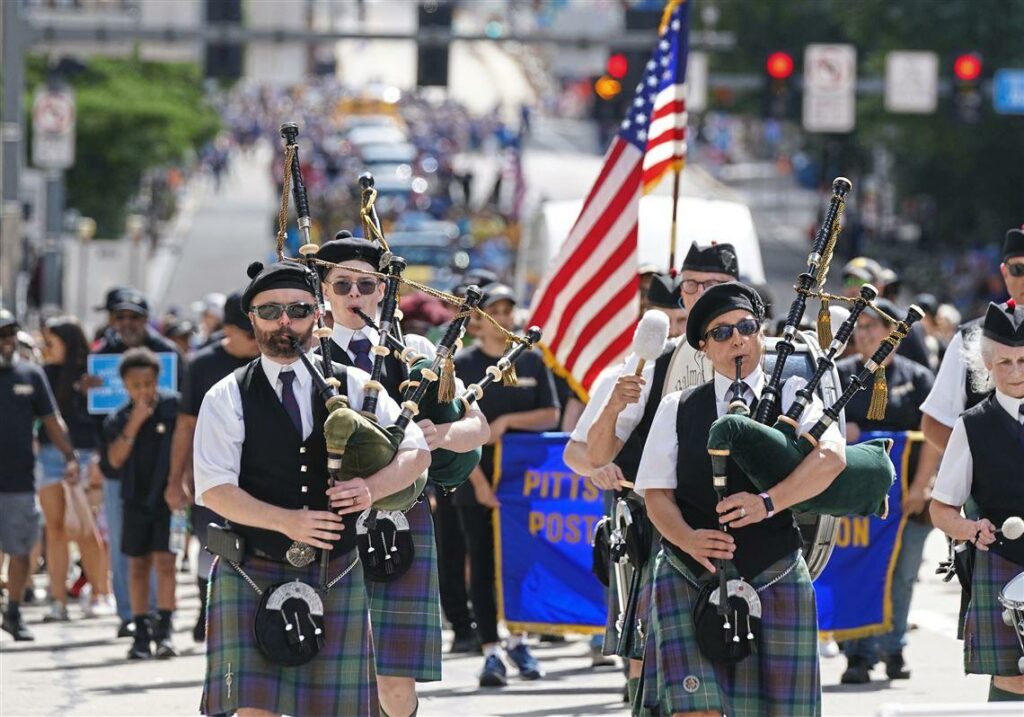Union Square in New York City was transformed into a buzzing hub of activism on September 5, 1882, as thousands of workers flooded the streets for the first-ever Labor Day parade. This historic event, which marked a pivotal moment for the labor movement in the United States, has been dubbed a ”crossroads” for NYC workers. Join us as we explore the significance of this momentous occasion and its lasting impact on the struggle for workers’ rights.
Table of Contents
- First Labor Day parade sparks pivotal moment for NYC workers
- Union Square protest serves as a catalyst for labor movement
- Significance of Union Square gathering in shaping future of workers rights
- Key takeaways from the historic Labor Day parade at Union Square
- Q&A
- The Way Forward
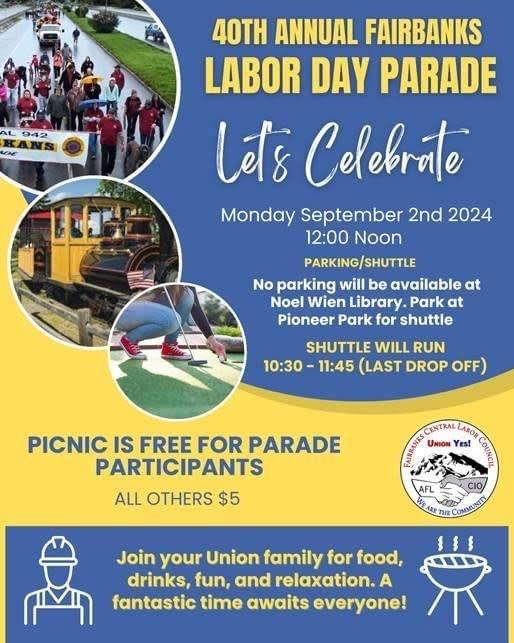
First Labor Day parade sparks pivotal moment for NYC workers
On September 5, 1882, thousands of workers poured into Union Square in New York City, making history as they marched in the first-ever Labor Day parade. Organized by the Central Labor Union, the event was a groundbreaking moment for labor rights in America. The parade not only showcased the strength and unity of workers, but also served as a platform to demand better working conditions, fair wages, and the eight-hour workday.
The atmosphere in Union Square was electric, with workers from different industries coming together to show solidarity and celebrate their contributions to society. As the parade made its way through the streets of NYC, onlookers were inspired by the display of collective action and determination. This pivotal moment set the stage for future labor movements and laid the foundation for the recognition of Labor Day as a national holiday, commemorating the hard work and dedication of American workers.
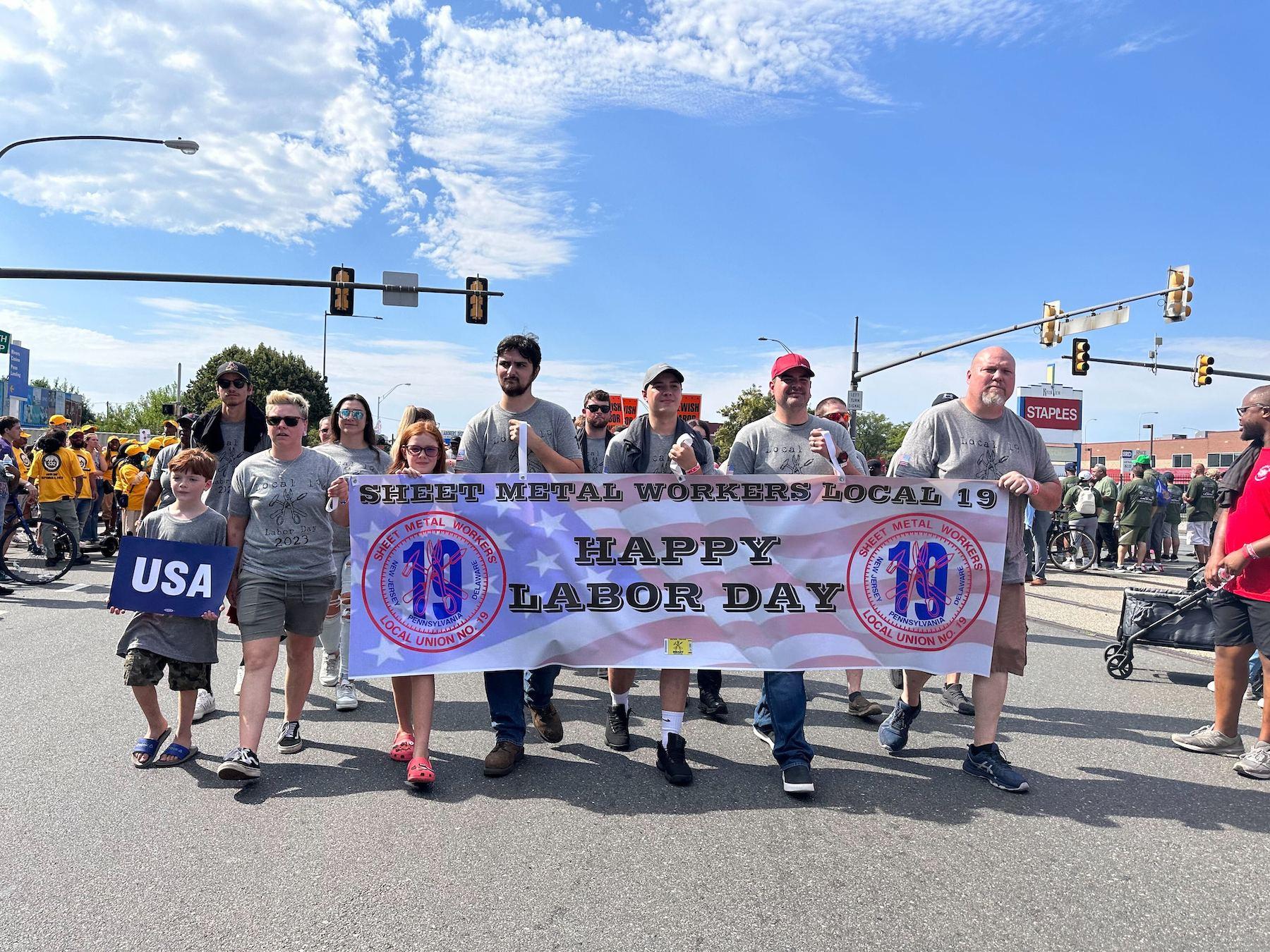
Union Square protest serves as a catalyst for labor movement
The Union Square protest in New York City was a pivotal moment in the history of the labor movement. Thousands of workers gathered together to demand better working conditions, higher wages, and more rights in the workplace. This protest served as a catalyst for the emerging labor movement and set the stage for the first Labor Day parade in the city.
At the protest, workers from various industries came together in solidarity, marching in unity to show their strength and determination. The atmosphere was electrifying as individuals from all walks of life joined forces to push for change. The significance of the Union Square protest cannot be overstated, as it marked a turning point for NYC workers and paved the way for future labor movements across the country.
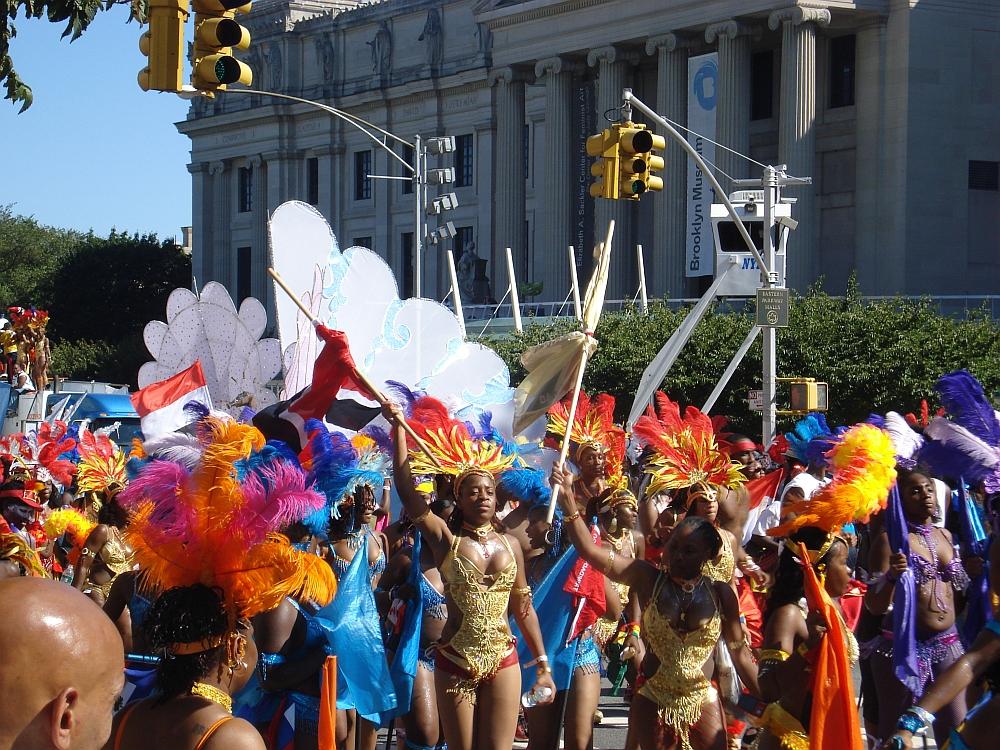
Significance of Union Square gathering in shaping future of workers rights
On that fateful day in Union Square over a century ago, the first Labor Day parade marked a turning point in the fight for workers’ rights in New York City. The gathering served as a powerful symbol of unity and solidarity among workers from various industries, who came together to demand fair wages, better working conditions, and an end to exploitation. The historic protest not only highlighted the struggles faced by workers at the time but also laid the foundation for future labor movements and the establishment of labor rights legislation.
The significance of the Union Square gathering in shaping the future of workers’ rights cannot be understated. It set a precedent for collective action and paved the way for organized labor to advocate for the rights and protections that workers enjoy today. The rally at Union Square was a defining moment that galvanized the labor movement and inspired generations of workers to stand up for their rights and demand fair treatment in the workplace. As we commemorate the anniversary of this pivotal event, we honor the legacy of those who fought tirelessly for the rights and dignity of workers everywhere.
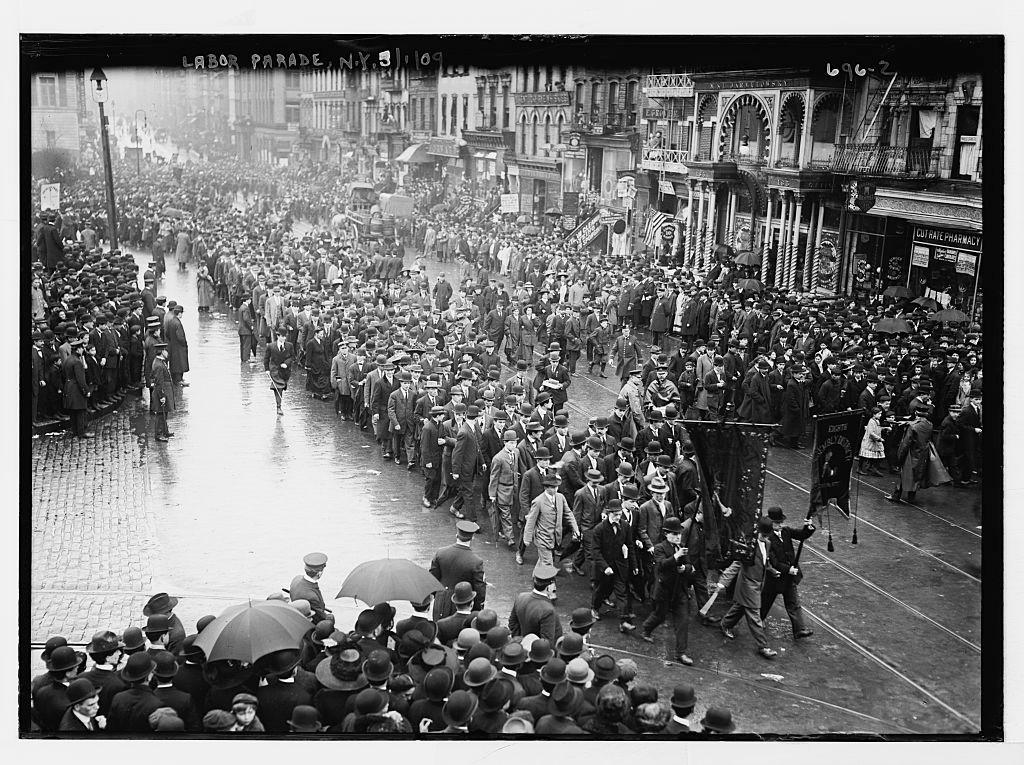
Key takeaways from the historic Labor Day parade at Union Square
Thousands of workers gathered at Union Square on Labor Day to participate in what organizers called a historic parade. The event, which included various labor unions and advocacy groups, served as a platform for workers to voice their demands for better wages, working conditions, and benefits.
The parade featured vibrant displays of solidarity, with workers marching in unity and holding signs with powerful messages. Key takeaways from the event include:
- Unity: Workers from diverse industries came together to show solidarity and support for each other’s causes.
- Camaraderie: The sense of community and camaraderie was palpable as workers marched side by side, highlighting the strength of the labor movement.
- Demands: Workers used the parade as an opportunity to demand fair wages, better benefits, and safer working conditions from employers.
Q&A
Q: What was the significance of the first Labor Day parade at Union Square in NYC?
A: The first Labor Day parade at Union Square in NYC was a significant event for NYC workers as it marked a turning point in their fight for better working conditions and fair wages.
Q: Why was the parade considered a ‘crossroads’ for NYC workers?
A: The parade was considered a ‘crossroads’ for NYC workers because it brought together various labor unions and workers to showcase their strength and unity in demanding better treatment from their employers.
Q: How did the parade impact the labor movement in NYC?
A: The parade helped to galvanize the labor movement in NYC and inspire workers to continue their fight for better working conditions and fair wages.
Q: What were some of the key demands made by the workers at the parade?
A: Some of the key demands made by the workers at the parade included the right to fair wages, safe working conditions, and the right to organize and bargain collectively.
Q: How did the first Labor Day parade at Union Square set the stage for future labor movements in NYC?
A: The first Labor Day parade at Union Square set the stage for future labor movements in NYC by demonstrating the power of workers coming together to demand better treatment from their employers. It inspired future generations of workers to continue the fight for their rights.
The Way Forward
As the sun set on Union Square that first Labor Day in 1882, the voices of the workers rose in unity, sending a powerful message of solidarity and determination. The parade may have been small, but its impact was far-reaching, setting the stage for the labor movement to come. Over a century later, the spirit of that day still resonates, reminding us of the struggles and triumphs of the working class. As we commemorate Labor Day each year, let us not forget the origins of this important holiday and the sacrifices made by those who fought for workers’ rights. In the words of Samuel Gompers, “We would not let the day pass without a demonstration of some kind.” And indeed, that demonstration in Union Square was a turning point, a crossroads for NYC workers that paved the way for progress and change.
